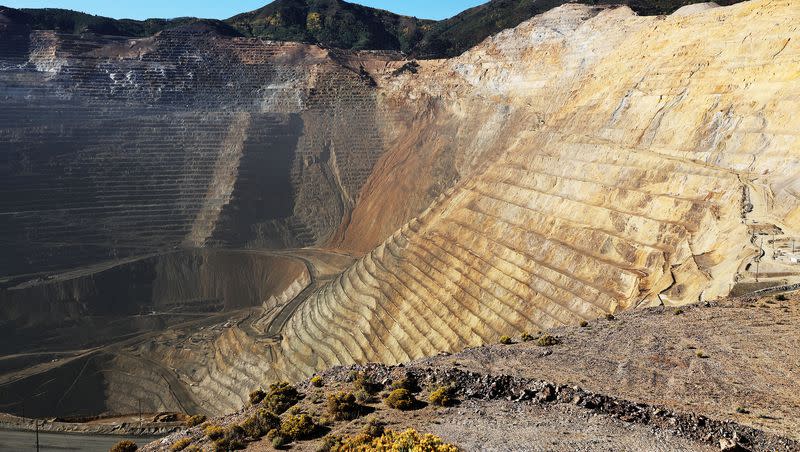Increased funding sought to improve mapping of Utah’s critical minerals

The Utah Geological Survey is hoping to get a $400,000 lift to better map and quantify the state’s bountiful amount of critical minerals.
The request was made Wednesday in the Natural Resources, Agriculture and Environment Appropriations Subcommittee, where Rep. Carl Albrecht, R-Richfield, stressed the pressing need for more information.
“This is really important for the future of our state and our energy supply, our bridge to nuclear and other energy supplies,” Albrecht said.
Utah has 28 of 35 critical minerals identified by the federal government, and while they have been mapped, Albrecht said there is a need to refine the understanding of the quality and quantity of the minerals — which will help rural economic growth.
“The rural communities would benefit from this as economic development occurs with the development of these resources. It would help our state energy needs as we move forward with plans for nuclear in the future, and other energy technologies,” Albrecht said.
Related
In the U.S., this critical mineral is found only in Utah and it matters
Could Utah’s ‘diverse, crazy, cool’ mineral landscape ease U.S. dependence on foreign imports?
Some of the minerals Utah has a corner on include:
Beryllium, a stiff, light metal used in aerospace and other defense applications as well as automobiles and medical equipment. Utah is the only domestic producer of this metal and is responsible for 65% of the world’s supply.
Magnesium metal — Utah is the only domestic producer.
Tellurium, eight times more rare than gold and in high demand for use in photovoltaic solar cells. It is recovered as a byproduct of copper smelting at Rio Tinto’s Bingham Canyon Mine.
Bill Keach, director of the Utah Geological Survey and state geologist, said his agency hopes to tap into that money to explore the airborne data gathered in a study that is ongoing by the U.S. Geological Survey.
He added in the last couple of years, the U.S. Geological Survey has used the sophisticated tool to map the west desert of Utah and is now moving to the southwest portion of the state.
The money, he stressed, will help the Utah Geological Survey analyze this data they have never had before, leading to new possibilities for resources and the understanding of them.
The Minerals Education Coalition says every U.S. citizen born will need more than 3.19 million pounds of minerals, metals and fuels over their lifetime, including 950 pounds of copper, 282,444 pounds of coal and 2,692 pounds of aluminum.

